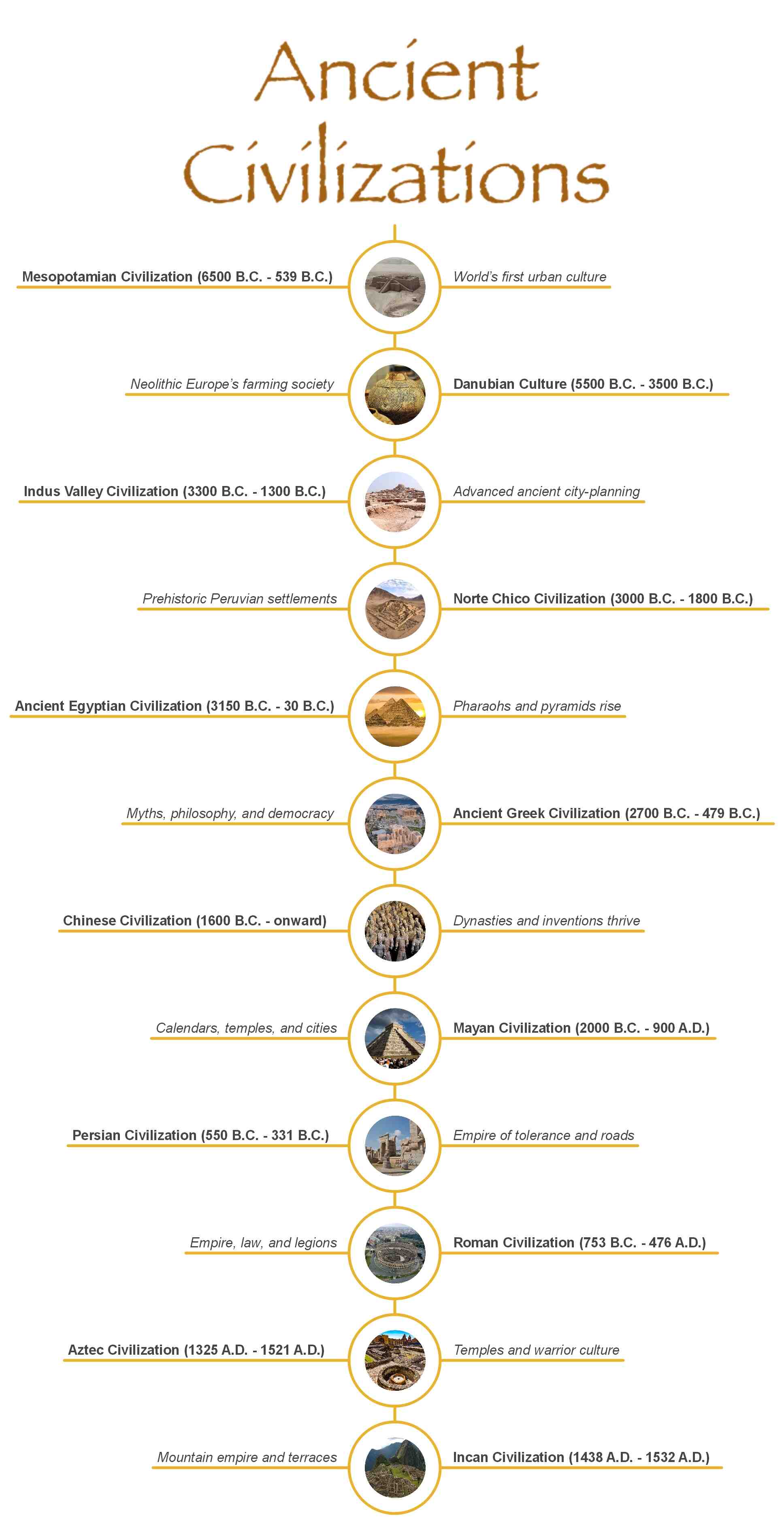When we think of history, we often start with kings and battles, but civilization goes way back. Ancient cultures were creating laws, farming systems, and calendars thousands of years ago. They were building cities, forming governments, and even doing science and art.
These civilizations didn't just pop up overnight. They developed over time in places like Egypt, China, and the Indus Valley. Each one added something unique to human progress. This timeline explores the rise of those early cultures in the right order.
In this article
Part 1: Complete Ancient Civilizations Timeline
Ancient civilizations began as early as 6500 B.C. in places like Mesopotamia and the Indus Valley. These early societies built cities, invented writing, and developed agriculture. From the ziggurats of Sumer to Machu Picchu in the Andes, each one left its mark.
To understand today, we need to look at yesterday. Here's where it began.
Mesopotamian Civilization (6500 B.C. - 539 B.C.)
So, Mesopotamia is where it all began. It's called the "Cradle of Civilization" for a reason. This area, between the Tigris and Euphrates rivers, gave us some of the first cities, writing (cuneiform), and even the wheel. Pretty impressive for something that started over 6,000 years ago.
What's cool is, it wasn't just one group. You had Sumerians, Akkadians, Babylonians, and Assyrians all contributing. They built ziggurats, traded with neighbors, and came up with early legal systems. Honestly, a lot of how modern society works traces back to them.
Danubian Culture (5500 B.C. - 3500 B.C.)
Now, the Danubian culture isn't as famous, but it's super important. These early farmers lived in parts of Eastern Europe, near the Danube River. They built thousands of small villages and made some amazing pottery with spiral and striped designs.
They also made small goddess figurines, which might suggest women played big roles in society. And get this- they were among the first in the world to work with gold. Even though they didn't build cities or empires, they laid a solid foundation for European culture.
Indus Valley Civilization (3300 B.C. - 1300 B.C.)
The Indus Valley Civilization was seriously advanced. We're talking planned cities, grid layouts, and even indoor plumbing - way ahead of their time. Cities like Mohenjo-Daro and Harappa had drainage systems and organized streets.
What's mysterious is their writing system. No one's been able to fully decode it. And interestingly, we don't see signs of kings or major wars. They just seemed to live in well-organized, peaceful communities. It's still one of the most puzzling ancient civilizations.
Norte Chico Civilization (3000 B.C. - 1800 B.C.)
Ever heard of Norte Chico? Most people haven't. But it was one of the earliest civilizations in the Americas, located in modern-day Peru. They didn't have writing or pottery, yet they built massive pyramids and plazas.
They figured out irrigation for farms in a desert. No signs of war, and very few signs of art or religion. They just focused on structure and survival. It's one of those civilizations that proves complexity doesn't always need all the usual tools.
Ancient Egyptian Civilization (3150 B.C. - 30 B.C.)
Ancient Egypt is hard to miss: pyramids, mummies, pharaohs. It all started along the Nile, where regular flooding made farming reliable. That's how they built such a long-lasting civilization.
They believed in gods, the afterlife, and divine rulers. Their achievements in math, medicine, and art were pretty advanced. And those pyramids? Built as giant tombs to help pharaohs reach the next world. Even today, Egypt's history draws millions of curious minds.
Ancient Greek Civilization (2700 B.C. - 479 B.C.)
Ancient Greece gave us a lot: democracy, philosophy, and even the Olympics. City-states like Athens focused on thinking and politics, while Sparta trained warriors. Total opposites, but both shaped history.
They were big on art, science, and storytelling. Names like Socrates, Plato, and Aristotle still come up in school today. Their influence is everywhere, from government to architecture to how we ask big questions about life.
Chinese Civilization (1600 B.C. - onward)
China's one of the few ancient civilizations that's still going b. It started with the Shang Dynasty, along the Yellow River. They invented things like writing, silk, and bronze tools super early.
Over time, dynasties came and went, but the culture kept evolving. Think Confucius, the Great Wall, paper, and the compass. Chinese civilization isn't just old - it's continuous. It had a huge impact on the world we live in today.
Mayan Civilization (2000 B.C. - 900 A.D.)
The Maya were amazing at math, astronomy, and building. They created super accurate calendars and massive stone cities in the jungles of Central America. Places like Chichen Itza still wow tourists today.
They wrote in hieroglyphs and tracked the stars, but also practiced human sacrifice. Around 900 A.D., many cities were mysteriously abandoned. But the culture didn't vanish. Maya descendants still live in Mexico and Central America today.
Persian Civilization (550 B.C. - 331 B.C.)
The Persians built one of the largest empires in history. They ruled from the Middle East to parts of India and North Africa. What's cool is, they let people keep their cultures and religions.
Their kings, like Cyrus and Darius, built roads, postal systems, and grand palaces. Zoroastrianism, their religion, introduced ideas like heaven, hell, and a single god. Persia eventually fell to Alexander the Great, but its influence lasted long after.
Roman Civilization (753 B.C. - 476 A.D.)
Rome started small but grew into a global superpower. Their military, engineering, and legal systems were top-notch. Roads, aqueducts, and the Colosseum? All Roman.
They also gave us Latin, which influenced a ton of languages. Eventually, the empire got too big, faced internal problems, and fell in 476 A.D. But Roman ideas about law, government, and citizenship still shape the world today.
Aztec Civilization (1325 A.D. - 1521 A.D.)
The Aztecs built their capital, Tenochtitlan, on a lake. It had temples, canals, and floating gardens. They were warriors and believed in human sacrifice to keep the gods happy.
They controlled a large empire in central Mexico, but when the Spanish arrived, things fell apart fast. Disease and conquest wiped them out by 1521. Still, Aztec culture left a big mark on Mexican identity and language.
Incan Civilization (1438 A.D. - 1532 A.D.)
The Incas ruled high in the Andes Mountains. They didn't use wheels or writing, but they built roads, bridges, and terraces for farming. Machu Picchu is their most famous site today.
They used a system of knotted cords called quipus to keep records. When the Spanish came, the empire collapsed quickly. But the Incas left behind stunning engineering and a lasting legacy in South America.
Part 2: How to Make the Ancient Civilizations Timeline in EdrawMind?
Learning about ancient civilizations is more fun when you can see it all in one place. Instead of reading lots of pages and trying to remember dates, you can make a clear and cool timeline.
With EdrawMind, it's super easy to make timelines and mind maps - even if it's your first time. Let me show you, step by step, how to make your Ancient Civilizations Timeline using EdrawMind.
Step 1: Sign in & Get Started
- Download and open EdrawMind on your computer.
- Or, if you don't want to install, you can use EdrawMind online in your browser.
- Sign in by creating a free Wondershare account. Or just log in with your social accounts.
- On the main screen, click the New Mindmap button to start a new project.
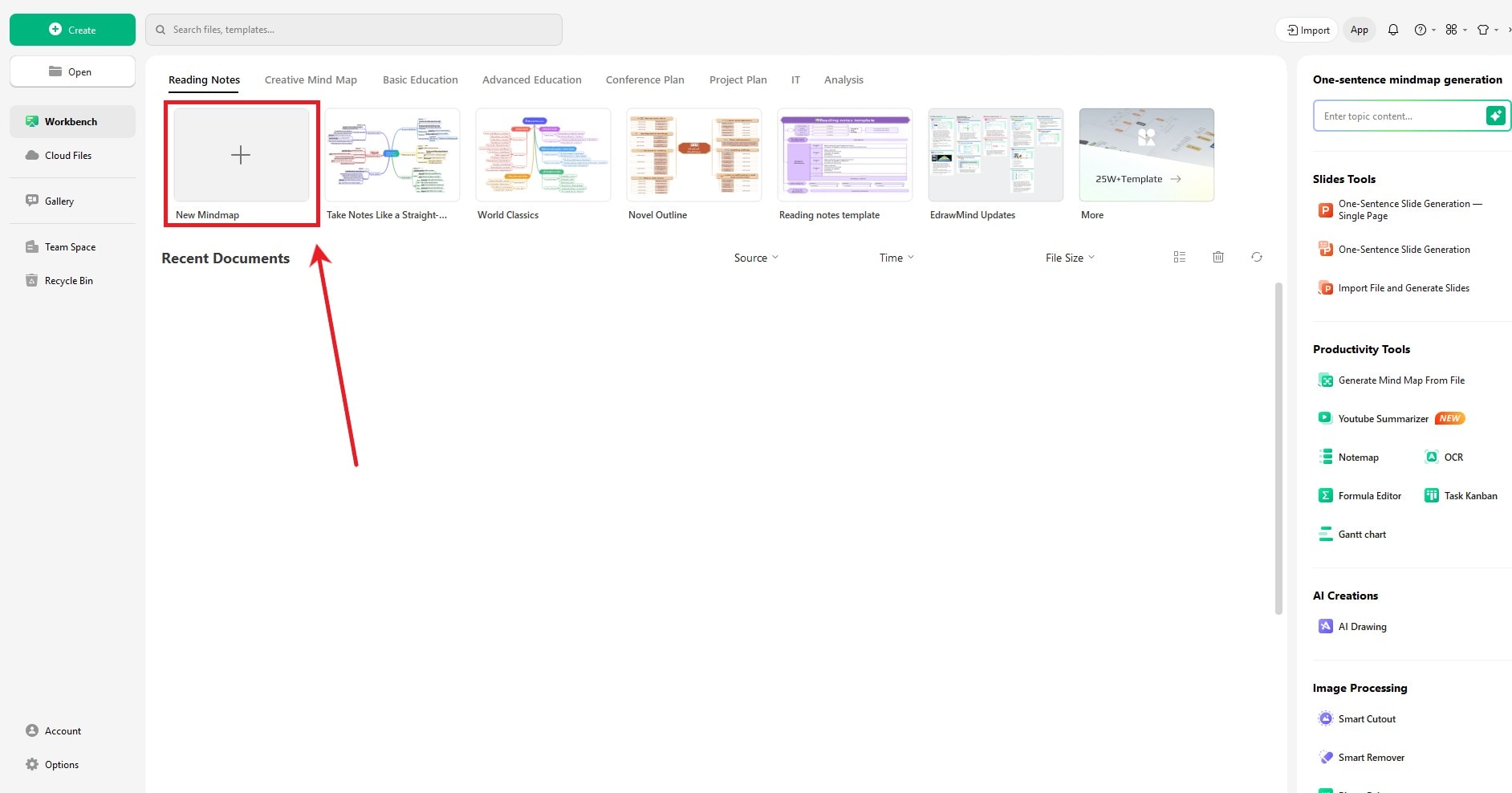
Step 2: Set the Right Layout
- Click on the Main Idea box in the center.
- A small menu will pop up, click Layout.
- Choose Timeline (down) from the list of timeline options
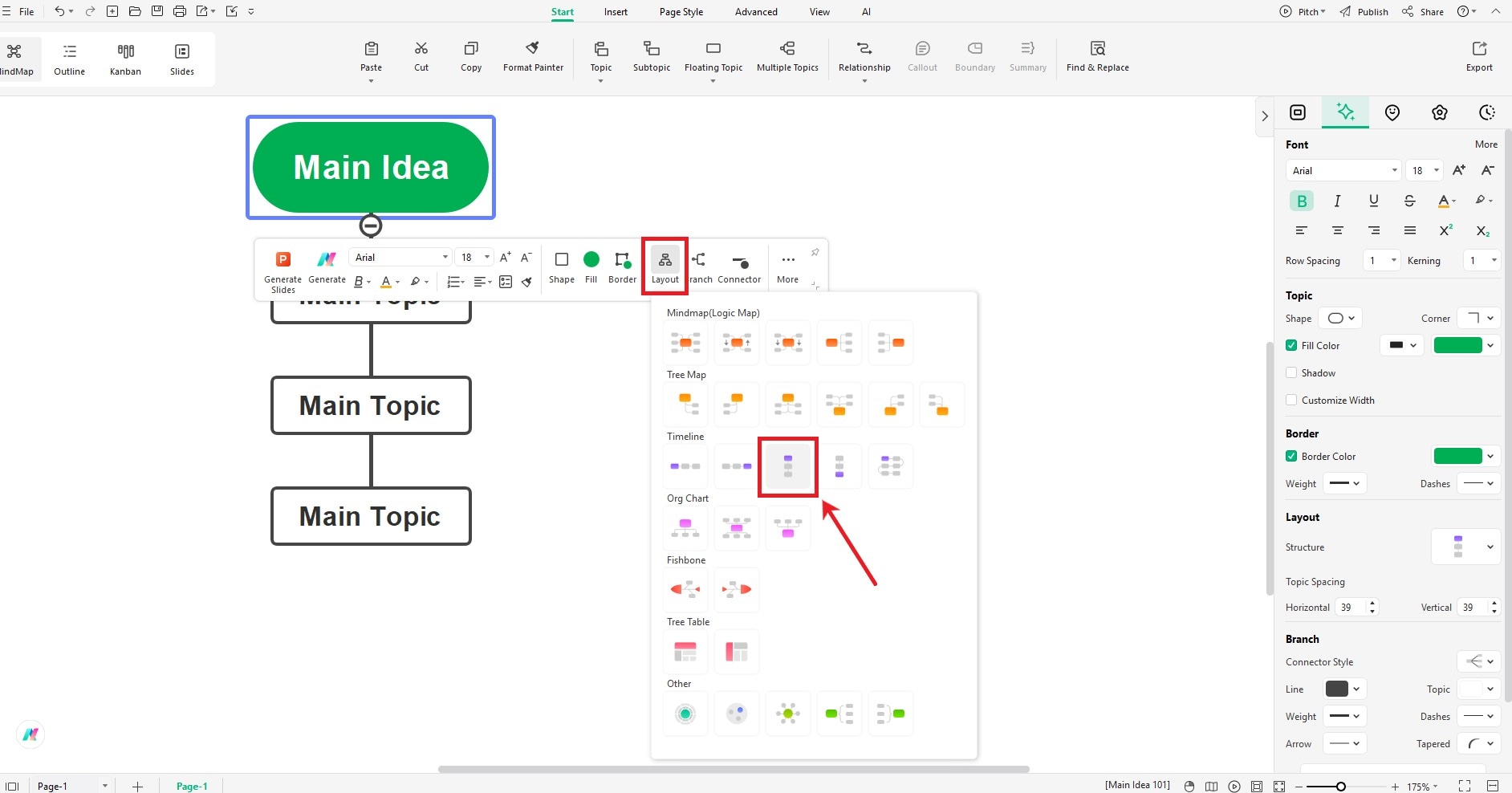
Step 3: Expand the Timeline
- To expand the timeline, click the Main Idea, then click Topic at the top of the screen.
- To add details, click on a Main Topic.
- Click Subtopic from the top menu bar. A new subtopic will be added to the respective entry.
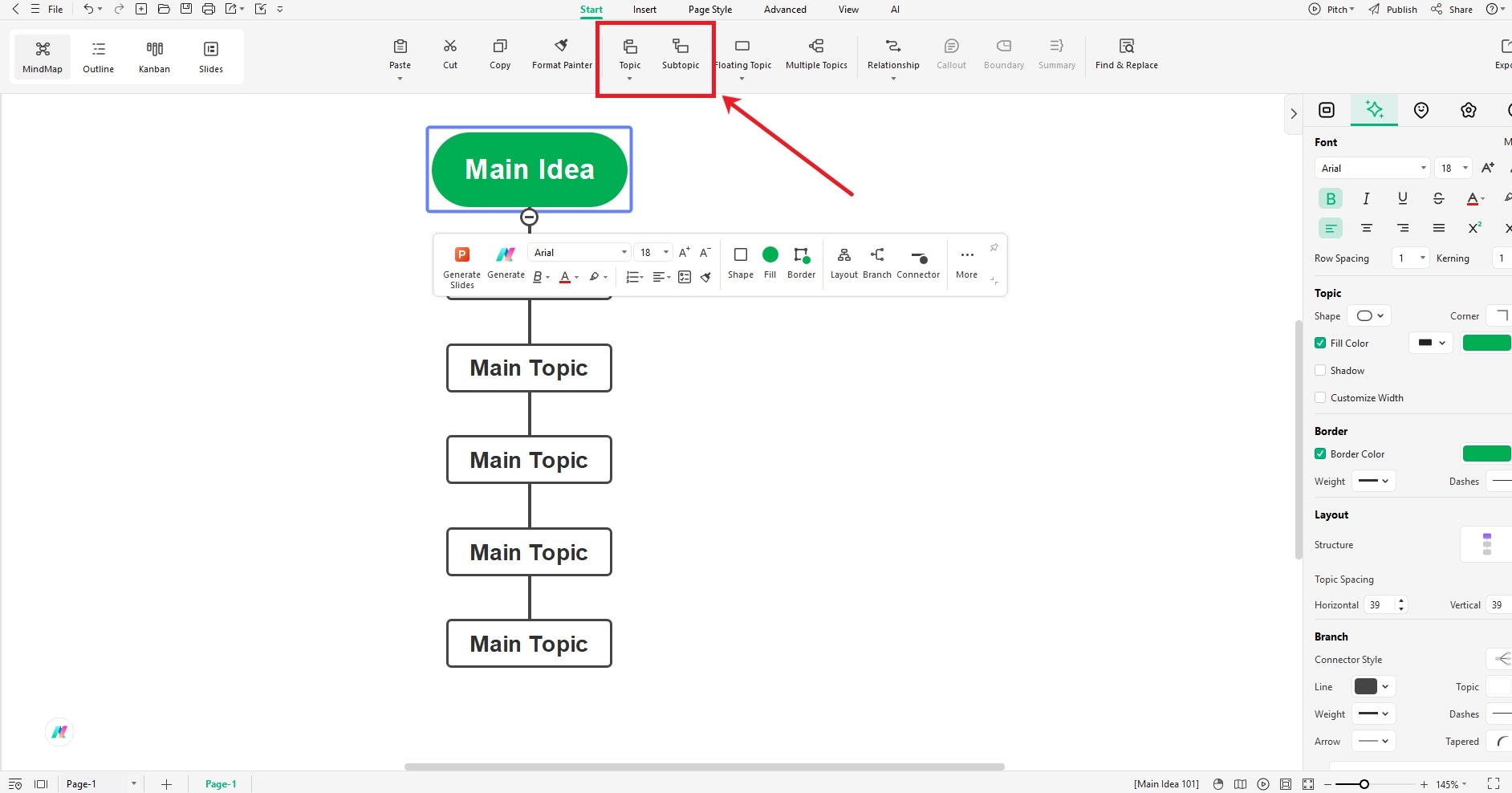
Step 4: Customize Your Timeline
- Click on any topic box to make changes.
- You can change text size, color, and other styles using the floating menu or the toolbar on the right.
- To type something new, just click a box and start writing. Simple!
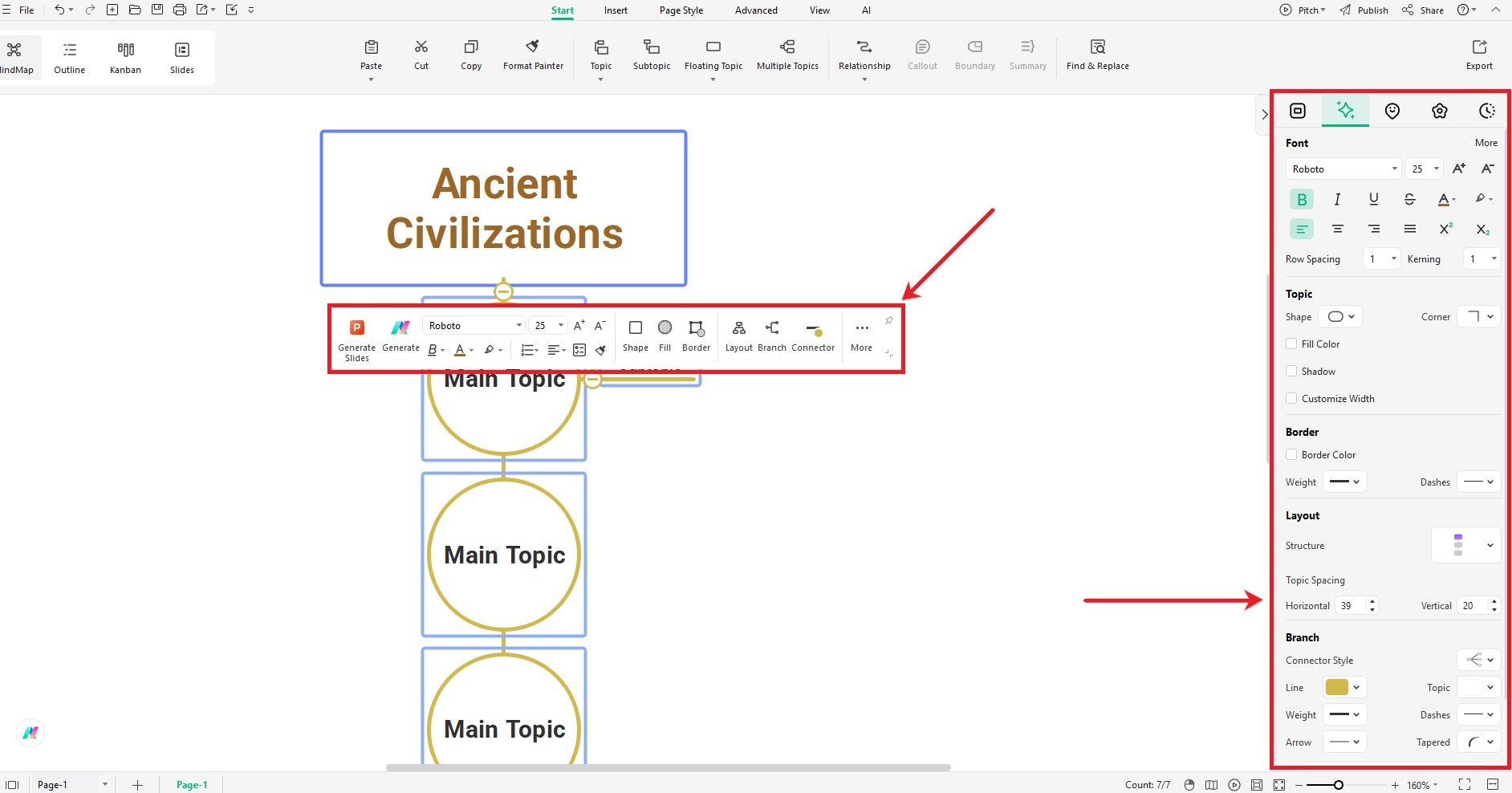
Step 5: Insert Images
- If you want to make your timeline more fun - add pictures!
- Copy an image from your computer and paste it into EdrawMind.
- Or drag and drop the image right onto a topic.
- You can use the menu or toolbar to move, resize, or change how the image looks.
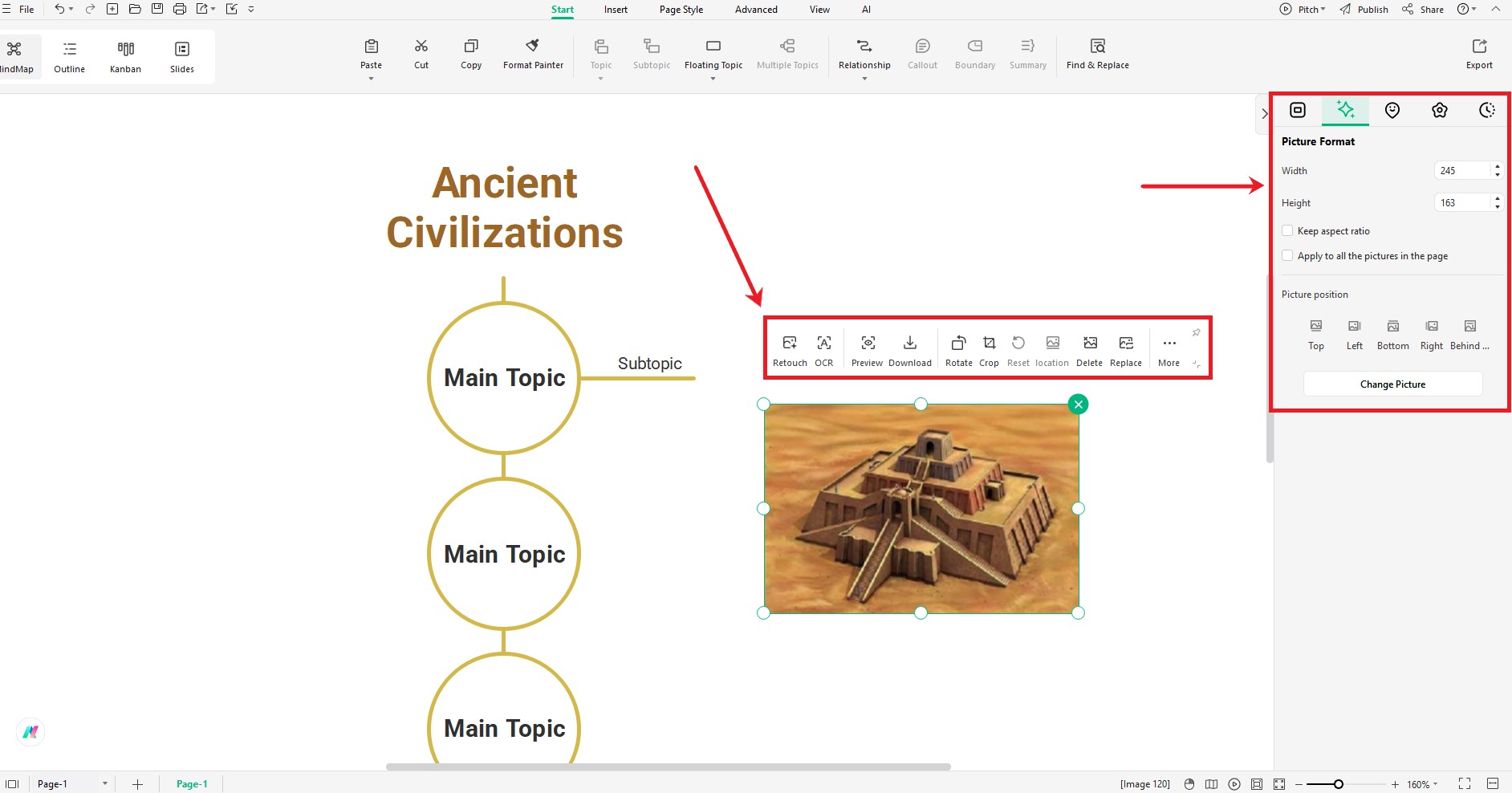
Step 6: Save or Share
- When your timeline is done, click File in the top-left corner.
- Click Save to keep the file on your computer.
- Or click Share to make a link or send it by email so you can show it to others.
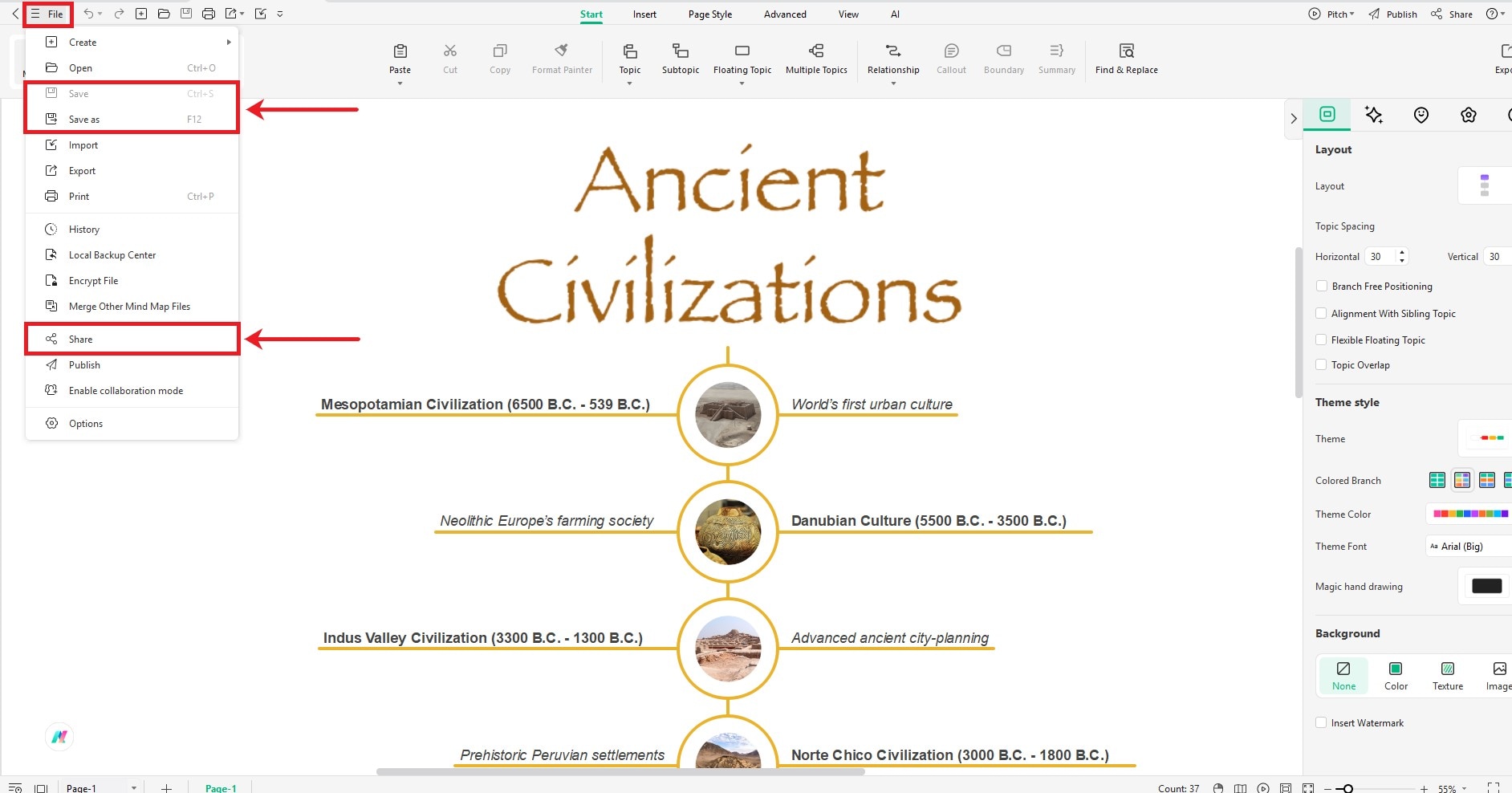
Wrapping Up
After exploring these ancient civilizations, one thing's clear - they were brilliant. They built cities, traded across continents, and developed ideas we still use today. Each one had something unique to offer. And together, they shaped the world we live in. Learning about them isn't just educational - it's fascinating.
If you want to keep exploring or studying history in a smarter way, check out EdrawMind. It's an easy tool to build timelines, mind maps, or comparison charts. See the big picture without the headache.



